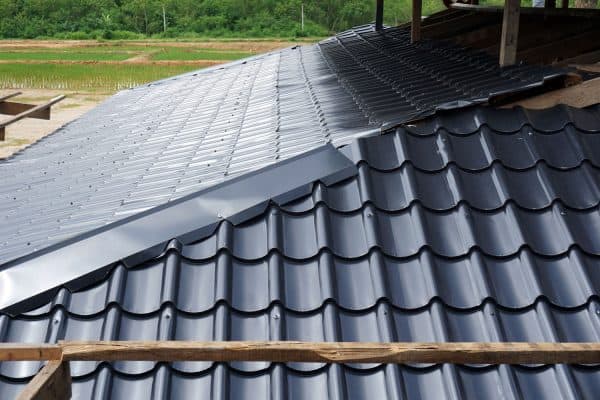Damaged or repaired concrete poses safety risks and detracts from the overall aesthetic appeal of the surface. You might consider pouring new concrete atop an old, painted concrete surface to remedy these issues. We've researched if you can pour concrete over old painted concrete.
Yes, you can pour concrete over painted concrete. However, you'll first need to remove the paint on the existing concrete surface so that the new concrete will adequately adhere.
Pouring new concrete over old has disadvantages. In addition, doing it needs proper implementation to avoid mistakes you cannot undo later. It would be best to keep reading as we dig deeper into the best methods of pouring new concrete over painted concrete.
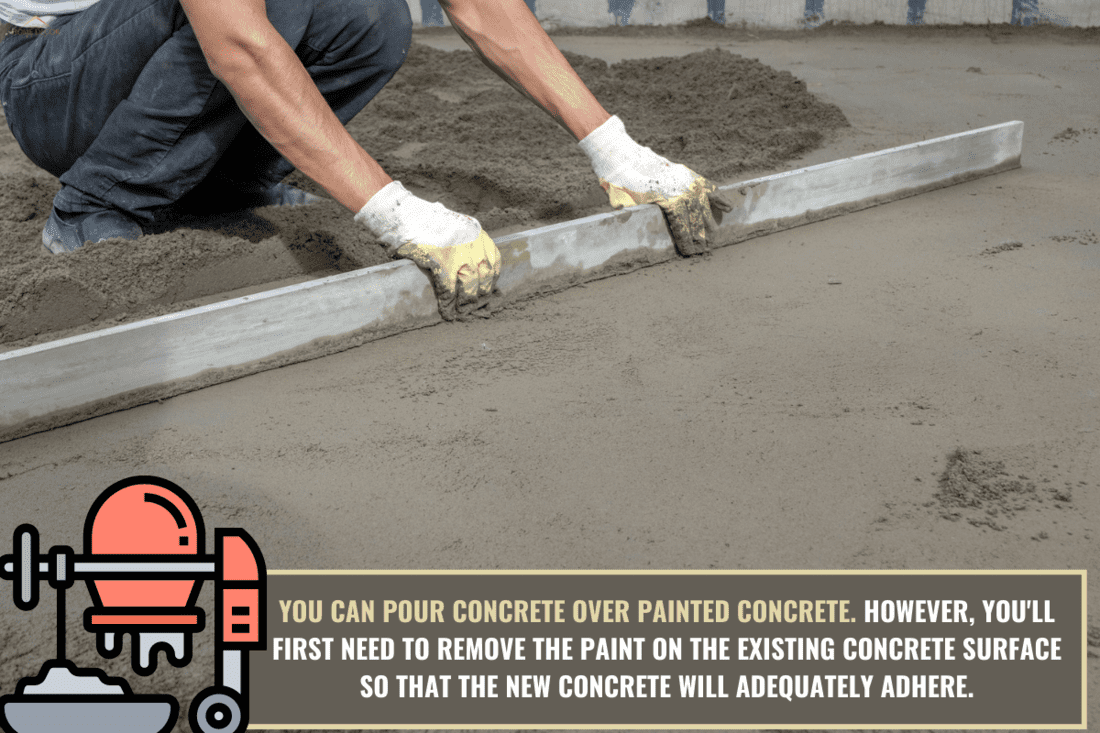
Is It Okay To Pour Concrete Over Painted Concrete?
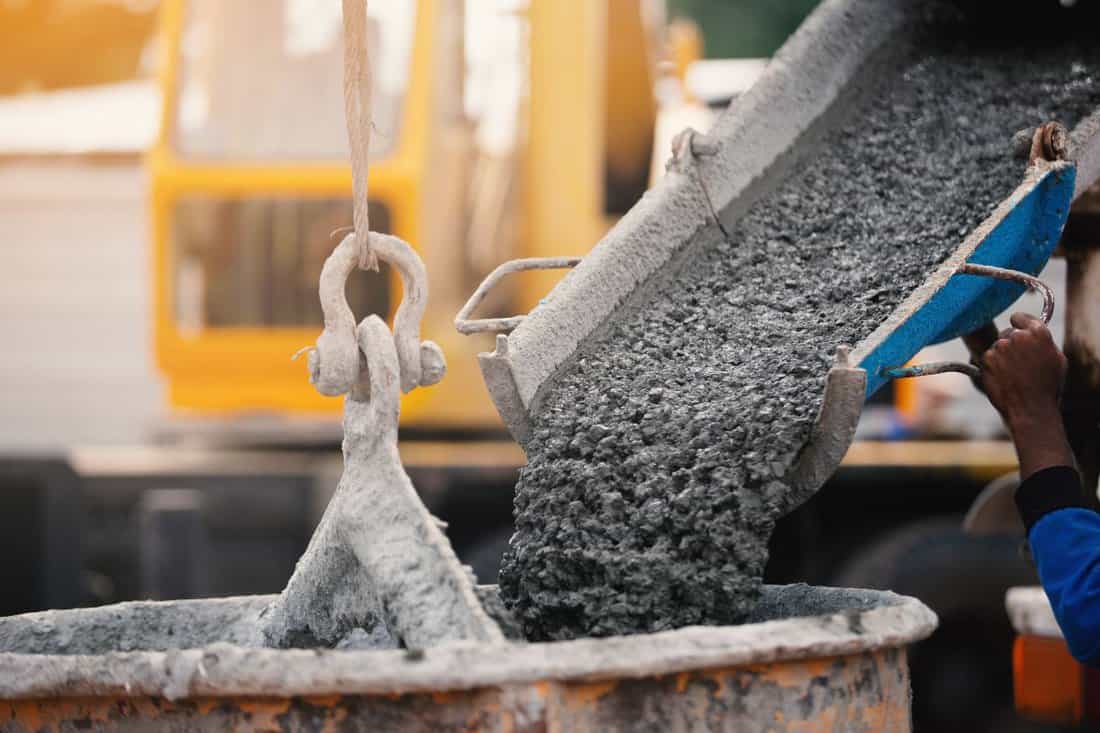
We may include affiliate links and curated AI content to highlight top design styles.
As mentioned, you can pour concrete over painted concrete as long as you strip off the existing paint from old concrete. If you don't first remove the paint, the new concrete layer might not adhere properly.
To eliminate the paint, you can opt to use a pressure washer. However, this approach will take a lot of your time. On the other hand, there are also some chemicals available for purchase that you can use to strip the paint from the concrete. Chemically stripping will aid in your easily scraping or pressure washing the paint away.
Considerations Before Pouring Concrete Over Old Concrete
Durability is the primary thing to consider if you plan to pour new concrete over an older, painted surface. Note that the old concrete will be the foundation, so it would be best to ensure its sturdiness before doing anything. That said, you should prepare for the following:
Observe Adhesion Rules
Even if you remove the paint on the existing concrete, the adhesion it can provide is still not enough.
Concrete consists of sand, gravel, Portland cement, and water. And since cement alone cannot provide enough adhesion to the existing slab, it would be best to employ a bonding agent to join old and new concrete. Alternatively, you can use an unbonded concrete overlay approach, particularly if the base slab is damaged.
Related: "How To Use Concrete Bonding Adhesive [Step By Step Guide]."
Follow The Minimum Thickness Needed
You should prioritize the thickness of the concrete slab by ensuring it can withstand the pressure and heaviness it supports.
Keep in mind that a few aspects will determine the thickness you will need for the project, such as the dimensions of the concrete mix's aggregates and the application technique.
Pouring concrete into a current slab will add a thickness of one to four inches.
The Existing Concrete Might Affect The Lifespan Of The New Concrete
As you know, properly laid concrete has a lifespan of more than 50 years.
However, the state of the previous concrete will influence the durability of the newly poured concrete. If you want your new overlay to last as long as possible, it's essential to ensure the existing concrete is in acceptable form.
How To Pour Concrete Over Painted Concrete
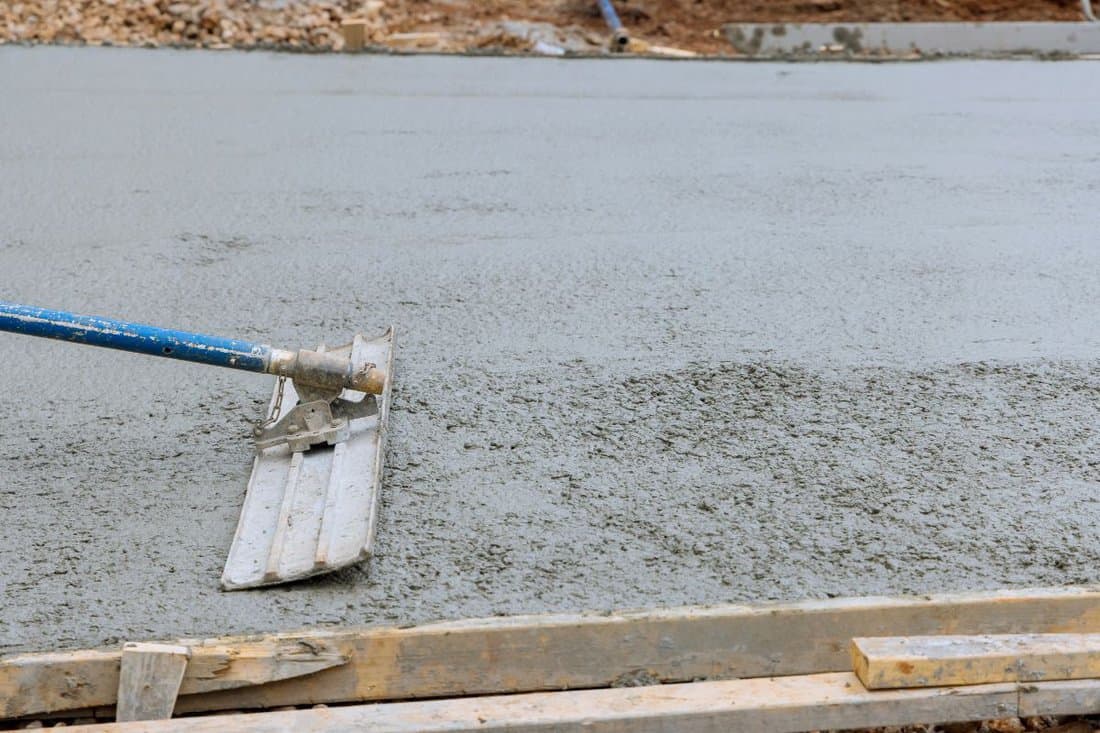
If you want to accomplish a well-built concrete slab, it would be best to follow the guidelines we will provide you with below carefully:
1. Remove The Paint On The Existing Concrete
You are free to perform any removal methods as long as you thoroughly eliminate the paint. This ensures concrete adhesion.
2. Clean The Surface
After you remove all the paint, cleaning the concrete slab's surface of dirt and debris would be best. Doing such will improve new concrete adhesion.
Get rid of dirt, sand, leaves, and all things you see on the concrete surface that will hinder the successful construction of the new concrete slab. You can use a broom with stiff bristles to remove them, especially the dirt between any crevices.
Once you finish sweeping the concrete, it is highly advisable to pressure wash it to ensure it is thoroughly clean. Alternatively, you can use a degreaser or a mixture of water and detergent to wash it up. If you use the latter, ensure that you rinse the surface thoroughly and leave it wet to allow it to become slightly damp until you finish the next step.
Click here to checkout this degreaser on Amazon.
3. Establish The Slab Boundaries
Take accurate measurements around the area where you plan to pour a new layer of concrete over the old slab. The preferred use of the concrete slab and any load you will place onto it will determine the slab's optimal thickness. Keep in mind that it would be best to plan the slab's thickness ahead of time.
And once you finish measuring, you can utilize it to calculate how much concrete your project will require.
Furthermore, before you fill the area with a new layer of concrete, you should place wooden braces around it. You need to do it correctly with the help of a bubble level or string to arrange the brackets and space them evenly. In addition, you need to support the heavy concrete by reinforcing the wooden braces with wire mesh.
4. Apply Primer Coating
It is highly advisable to pour and apply a mixture of water and cement with a ratio of 1:7, respectively, on the old slab's surface to bond it with the new concrete.
5. Carefully Pour The Concrete
Depending on the thickness required, you can use crushed stone or fine sand for a thinner layer or coarse aggregate for a thicker layer.
Pour the mixture of aggregate and cement over the old concrete slab. Ensure that the surface is level and evenly spread by utilizing a masonry trowel or a paver, depending on how vast the project is.
To guarantee that fresh concrete successfully adheres to preexisting concrete, you can incorporate bonding glue into the concrete mix. In addition, you can spray a curing agent onto the surface of freshly spread concrete, providing a protective layer that hardens after about seven days.
Click here to check out this masonry trowel set on Amazon.
Disadvantages Of Pouring Concrete Over Existing Concrete
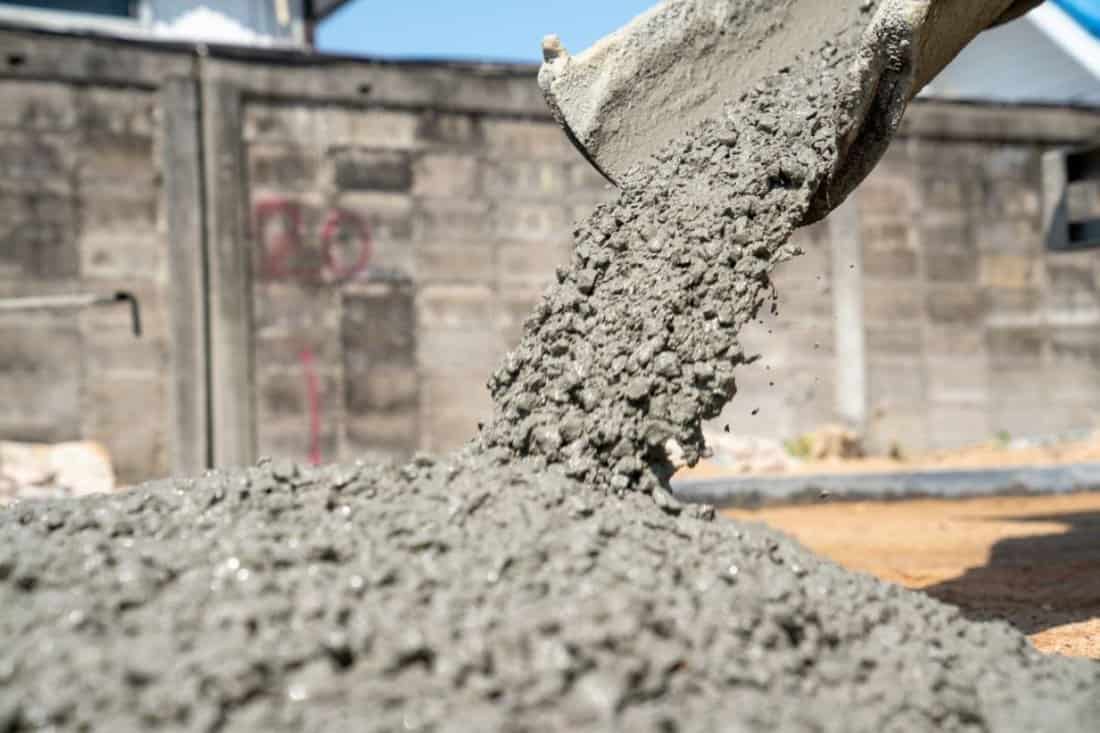
Although you can pour concrete over your painted concrete, it still has drawbacks, and they are the following:
Surface Height Increases
Once you pour a new layer of concrete into the existing one, its height will increase by a few inches, depending on the amount you pour. If the project is near a door, expect that there may not be enough room to open a door where the slab meets it because of the raised surface.
In addition, you might disturb the alignment of a pathway with the driveway, steps, or another structure by even a few inches of elevation change. Constructing a little ramp from the driveway onto the elevated area can reduce the potential for accidents and prevent dirt from piling up in the junction.
Can Reduce The New Concrete's Lifespan
As mentioned, making the old concrete slab the foundation of the new concrete layer might reduce the lifespan of the latter. Remember that a concrete slab with a deep, robust foundation can last for over 50 years with proper maintenance.
The longevity of the new concrete depends mainly on the state of the old concrete. Fresh concrete is susceptible to sinking and severe potholes if the sub-slab foundation is unstable.
It Can Inevitably Produce Cracks
Cracks will form if fresh concrete dries and bonds to the existing slab that contains old cracks. Unfortunately, this situation is unavoidable if you use a bonded overlay. It is true, especially if you don't prepare the existing slab surface well.
By preventing the new concrete from adhering to the old slab, you can stop further damage from occurring on the latter. This technique refers to an unbonded overlay. Doing so would surely stop the cracks and damage of the old slab from spreading to the new one.
It gives both slabs the wiggle room they need to contract or expand when the temperature around them changes.
Will Require More Maintenance
A concrete slab requires only a little upkeep. However, if you pour a new layer of concrete into an existing one, expect that it will require increased maintenance. Note that it will be more likely that a frost heave may break and harm the entire concrete slab.
In addition, water damage can be a huge problem here. So, to avoid it, you must immediately repair any cracks or holes and seal the repaired area with a penetrating sealant. Lastly, long and deep fractures may indicate a structural issue, so it's essential to have a professional inspect the damage.
When To Replace Or Repair The Existing Concrete?

Depending on the severity of the concrete's issue, you can either repair or replace it. And there are signs that you can observe to know if the concrete slab already needs repair or replacement. Please check out the following:
- When you notice that the surface of the slab is not level.
- There are major fissures or pits on the surface.
- There are tree roots growing underneath, making the concrete slab damaged.
- The concrete slab is starting to deteriorate significantly.
- If the slab is declining because of an incorrect installation of the foundation.
Wrapping It All Up
Pouring concrete over painted concrete is possible, but you must know its correct process, the factors you should consider first, and the disadvantages it can create. If you plan to conduct a DIY task, following all the guidelines discussed in this post would be best to achieve a successful project.
Made it to the end? We hope you find this post helpful. For additional questions and concerns, you can reach out in the comments. We'd love to hear from you! And if you wish to continue reading, you can check these posts out!
Can You Pour Concrete Over Bamboo? [Or Will It Break Through?]
Should You Seal Your Concrete Driveway? [A Thorough Look At Pros And Cons]
Can You Cement Or Pour Concrete Over Brick?



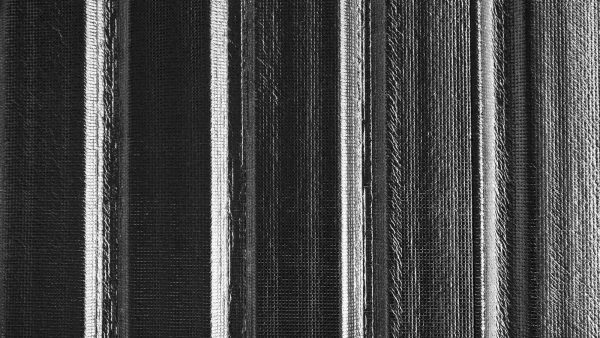
![Get Your Roof Ready: How to Apply Aluminum Roof Coating [Step by Step Guide]](https://homedecorbliss.com/wp-content/uploads/2023/08/shutterstock_1624204837-600x400.jpg)
